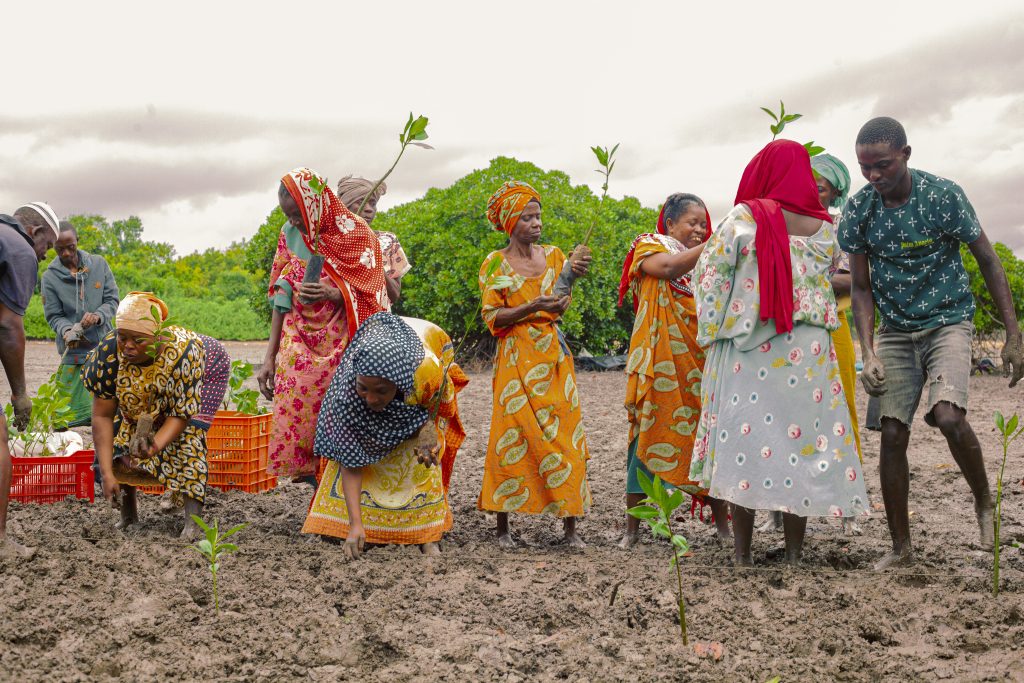Mangrove Restoration

Mangrove restoration in local settings for most communities worldwide fails to meet the targets because of the limited application of science, expertise and technology. Tanzania has lost 100,000 hectares of mangroves, our focus is to use the best science and technology applications (Artificial Intelligence, Internet of Things and Machine Learning) to guide our community mangrove restoration for better success. One of the programs currently in place is the “Ten Million Mangroves” which aims to restore 10,000 hectares of mangroves by the end of 2030 through generous support from partners worldwide. These mangroves will absorb over 100 million tons of carbon dioxide annually and annually and 4 billion tons of CO2 from the atmosphere by 2040 contribute to the global carbon removal targets. The organization established the carbon climate impact of each hectare (or individual) planted mangroves for carbon offsetting for corporates and partners to support the planting of mangroves and contribute to the climate mitigation efforts. Our program started at Kwale Island which is surrounded by interesting culture, mangroves, coral reefs and seagrasses that host marine biodiversity that experienced pressure in the past.

Our program is based on the best available science and community at the canter in such a way that all activities are participatory in planning mangrove restoration and subsequent implementation. Given the complexity of mangrove restoration given the daily tides and social settings, our team have successfully accumulated mangrove restoration restoration experience for over 10 hectares. This is through the application of local knowledge and guidelines for mangrove restoration to improve the success and monitoring of the trees over the years. We welcome and receive visitors in our projects annually who participate in mangrove restoration activities, and come to watch their replanted areas and impact after a few years.
